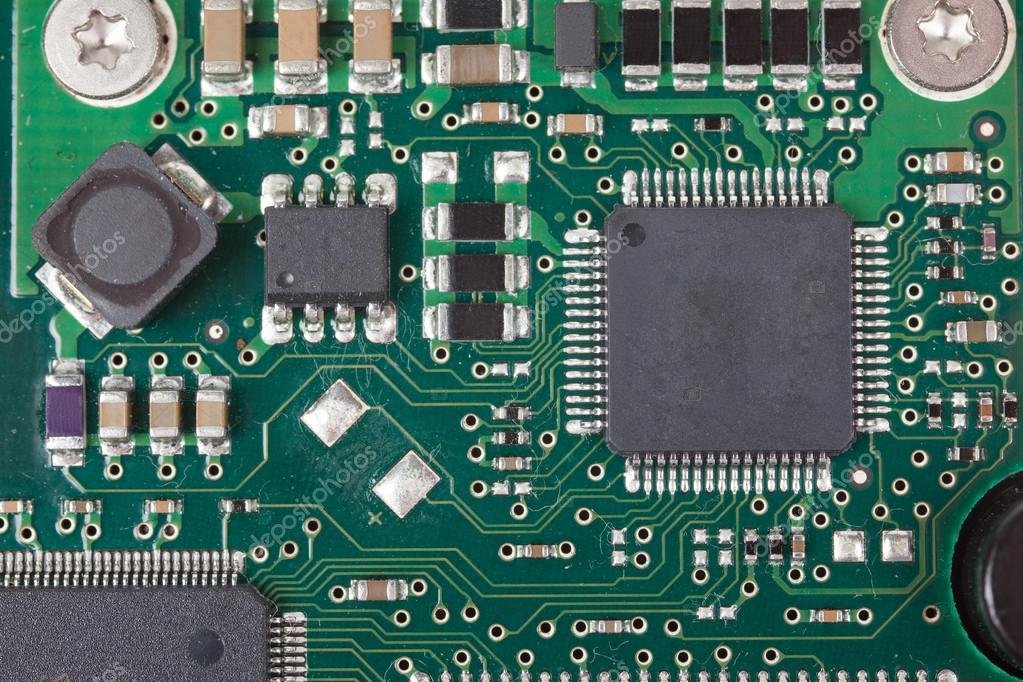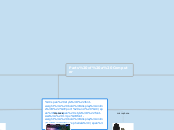Parts of a Computer
core
motherboard

A motherboard (sometimes alternatively known as the main board, system board, baseboard, planar board or logic board, or colloquially, a mobo) is the main printed circuit board (PCB) found in general purpose microcomputers and other expandable systems.
cpu

CPU (pronounced as separate letters) is the abbreviation for central processing unit. Sometimes referred to simply as the central processor, but more commonly called processor, the CPU is the brains of the computer where most calculations take place.
drives

A program that controls a device. Every device, whether it be a printer, disk drive, or keyboard, must have a driver program. Many drivers, such as the keyboard driver, come with the operating system. For other devices, you may need to load a new driver when you connect the device to your computer.
cooling devices

The phrase cooling in computing generally refers to the dissipation of large amounts of heat, which is created while a computer system is running. Heat is generated inside the computer tower by various hardware such as CPU, video card or even the hard drive.
port and perepherials
Graphics Card

A graphics card is a mechanical device built into a computer that enables the user to see graphics and video faster and clearer. Learn about graphics cards that are included in all computers with information from a certified computer technician in this free video on computers
USB
A Universal Serial Bus (USB) is a common interface that enables communication between devices and a host controller such as a personal computer (PC). It connects peripheral devices such as digital cameras, mice, keyboards, printers, scanners, media devices, external hard drives and flash drives.
Ethernet
a system for connecting a number of computer systems to form a local area network, with protocols to control the passing of information and to avoid simultaneous transmission by two or more systems
Video
video. (adj.) (1) Refers to recording, manipulating, and displaying moving images, especially in a format that can be presented on a television. (2) Refers to displaying images and text on a computer monitor. The video adapter, for example, is responsible for sending signals to the display device.
Audio

In computers, audio is the sound system that comes with or can be added to a computer. An audio card contains a special built-in processor and memory for processing audio files and sending them to speakers in the computer. An audio file is a record of captured sound that can be played back.
Keyboard

In computing, a computer keyboard is a typewriter-style device which uses an arrangement of buttons or keys to act as mechanical levers or electronic switches. Following the decline of punch cards and paper tape, interaction via teleprinter-style keyboards became the main input method for computers.
microphone

Definition of: microphone. microphone. A device that converts sound waves into analogous electrical waves. Usually called a "mic" or "mike," it contains a flexible diaphragm composed of film or foil that vibrates as it makes contact with the sound.
webcam
A webcam is a small digital video camera directly or indirectly connected to a computer or a computer network. Webcams come with software that needs to be installed on the computer to help users record video on or stream it from the Web.
headphones

A pair of head-mounted speakers that are positioned over the ears. For listening to music or monitoring live performances, both left and right channels are required. Although often called headphones, when a microphone is included for telephone or video calls, the device is technically a "headset."
Monitor

Definition of: monitor (1) A display screen used to provide visual output from a computer, cable box, video camera, VCR or other video generating device. Computer monitors use CRT and LCD technology, while TV monitors use CRT, LCD and plasma technologies. See analog monitor, digital monitor and flat panel display.
Printer
A printer is a device that accepts text and graphic output from a computer and transfers the information to paper, usually to standard size sheets of paper. Printers vary in size, speed, sophistication, and cost. In general, more expensive printers are used for higher-resolution color printing.
OPERATING SYSTEM
Process Management

Process management (computing) Process management is an integral part of any modern-day operating system (OS). The OS must allocate resources to processes, enable processes to share and exchange information, protect the resources of each process from other processes and enable synchronization among processes.
Memory Management

Memory management is the process of controlling and coordinating computer memory, assigning portions called blocks to various running programs to optimize overall system performance. Memory management resides in hardware, in the OS (operating system), and in programs and applications
Device Management

Definition of: device management (1) Within the computer, activating and controlling the peripheral devices. In a desktop computer, the operating system interacts with the device drivers for peripheral control. In very small embedded systems, the device management routines may be included within the OS
Storage Management

According to "Wikipedia" Storage management usually refers to the management of Computer data storage, which includes memory management.” In other words, storage management is the process of increasing the performance of data storage resources and protect the integrity of data for any media on which it resides
User Interface

Abbreviated UI, the junction between a user and a computer program. An interface is a set of commands or menus through which a user communicates with a program. A command-driven interface is one in which you enter commands.
